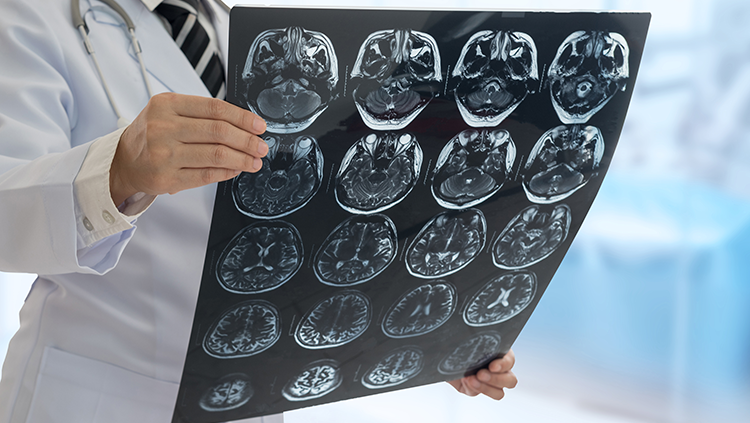A team of researchers from the University of British Columbia found that patients with affective disorders have similar alterations in regions of the brain associated with emotional control, after an extensive comparison with healthy participants. The report was published in JAMA Psychiatry.
The findings were reached through the examination of over 9,000 functional magnetic resonance imaging (fMRI) brain scans from the following databases: Web of Science, Google Scholar, and PubMed. In total, researchers conducted observations on the data of 4,507 patients with a mood or anxiety disorder and 4,755 participants as part of a healthy control group.
For researchers, the agenda was to identify abnormalities in specific regions of the brain in all participants after initiating a total of 367 experiments. The study focused on activity in the inferior prefrontal and parietal cortex, the insula, and the putamen, all linked to emotional and cognitive control.
Delfina Janiri, the study’s co-author, stated: “A total of 367 experiments were included comprising observations from 4,507 patients and 4,755 control individuals.”
“Meta-analyses of 367 task-related fMRI experiments in mood disorders, posttraumatic stress disorder, and anxiety disorders, comprising data from 4507 patients and 4755 control individuals, detected statistically robust transdiagnostic clusters of hypoactivation in the inferior prefrontal cortex/insula, the inferior parietal lobule, and the putamen,” wrote Janiri.
“These regions are part of a right-dominant brain system that supports contextual shifting and stopping of mental operations and behavioral responses.”
According to the findings, the group of participants with an affective disorder experienced lower activity in the regions of the brain linked to emotional and cognitive control — the inferior prefrontal and parietal cortex, the insula, and the putamen — when compared to the healthy control group. Additionally, evidence of hyperactivity was spotted in the anterior cingulate cortex, the thalamus, and the left amygdala.
“These brain imaging findings provide a science-based explanation as to why patients with mood and anxiety disorders seem to be ‘locked in’ to negative mood states,” stated Sophia Frangou, a professor at the University of British Columbia and co-author of the study.
“They also corroborate the patients’ experience of being unable to stop and switch away from negative thoughts and feelings.”


